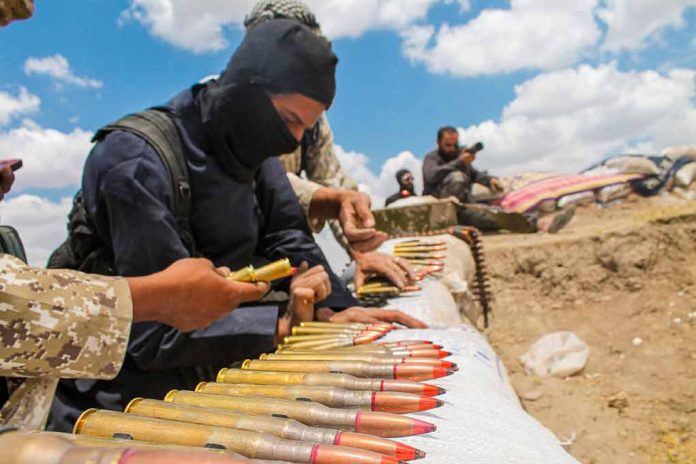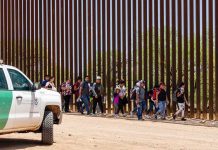
The Taliban’s recent military parade highlighted an impressive collection of U.S.-made weapons and equipment left behind during the American withdrawal from Afghanistan. This event emphasized the significant arsenal now in the hands of the militant group, raising concerns about the potential security threats these sophisticated military resources pose. The weapons and equipment seized by the Taliban include advanced firearms, military vehicles, and even aircraft. The display further showcased their ability to muster formidable military power.
The U.S. withdrawal from Afghanistan resulted in over $7.1 billion worth of military equipment being left behind, much of which is now under Taliban control. This event serves as a focal point for debate over the Biden-Harris administration’s strategic decisions during the exit from Afghanistan. The ramifications of these decisions are increasingly evident as the Taliban’s possession of advanced U.S. weaponry poses long-term threats to regional and international stability.
U.S. Weapons Surfacing in Kashmir Conflict
Reports indicate that U.S.-made weapons left behind in Afghanistan are now being used by militants in Indian-controlled Kashmir. These arms include M4s, M16s, and other advanced firearms previously in the hands of U.S. forces. Militants associated with groups like Jaish-e-Mohammad (JeM) and Lashkar-e-Taiba (LeT) are reportedly using these weapons. The infiltration of such weapons into Kashmir underscores the severe implications of the U.S. withdrawal.
“It can be safely assumed that they have access to the weapons left behind,” – Source
Indian authorities are closely monitoring the situation as at least seven authentic U.S. weapons have been recovered in the region. These developments highlight the broader security concerns stemming from the equipment left behind in Afghanistan, which could eventually appear in other global conflict zones such as Yemen, Syria, and parts of Africa.
Taliban forces held a military parade in Kabul in a show of strength. The exercise involved dozens of U.S.-made M117 armored security vehicles driving slowly up and down a major Kabul road with MI-17 helicopters patrolling overhead https://t.co/v4q9fSm5YL pic.twitter.com/g2t7PfeDC3
— Reuters (@Reuters) November 14, 2021
Taliban’s Call for International Recognition
In addition to showcasing their military might, the Taliban used the parade to mark the anniversary of the U.S. withdrawal and called for international recognition of their government. The display included fireworks and public celebrations across Kabul, with Taliban forces parading through the streets. Statements from the Taliban leadership emphasized their role as the legitimate government of Afghanistan and called for acceptance by the global community.
“The Islamic Emirate of Afghanistan – the name the Taliban give their government – is the ‘legitimate government of the country and the representative of the brave Afghan nation,’ the statement said.” – Source
The Taliban’s possession of U.S. military equipment and their calls for recognition highlight the complex geopolitical ramifications of the U.S. withdrawal. Although no country has yet recognized the Taliban government, their show of force underscores their control and the potential challenges ahead for regional actors and the international community.
Impact on Regional Security and Future Concerns
The Taliban’s control of significant U.S. military resources has broader implications for regional security. Experts warn that the possession of these weapons by a non-state actor like the Taliban could destabilize the region for years to come. Such arsenals, coupled with existing smuggling networks, amplify the threat to regional actors and potentially global stability.
“When combined with the Taliban’s need for money and extant smuggling networks, that reservoir poses a substantial threat to regional actors for years to come,” – Source
As the international community continues to grapple with the implications of the U.S. withdrawal and the Taliban’s ascension to power, the need for strategic responses to these emerging threats becomes increasingly urgent. The security dynamics in Afghanistan and its surrounding regions remain fluid and will require vigilant monitoring and robust policy measures to ensure stability.













